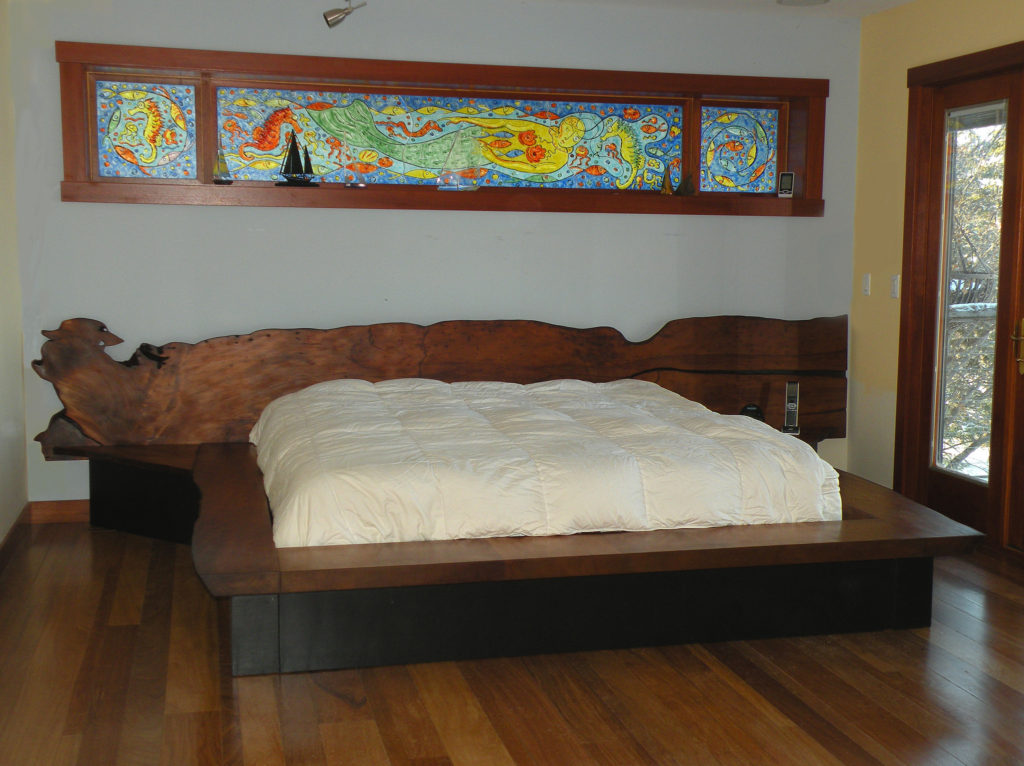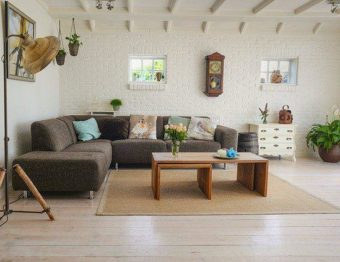
When it comes to wood floors there are two choices, solid or engineered. But how do you know the difference between the two? How do you know where to install them? Although the two materials look incredibly alike there are a range of differences that separate them, lets divulge further;
Composition
First we’re going to discuss the way that the two floorboards are made and what they are made from, starting with engineered. Engineered wood flooring is constructed using multiple layers of man-made wood such as HDF or ply, these are then pressed together, the board is then finished with a thin top layer that is made from ‘real’ wood. Solid wood floors on the other hand are made from single pieces of timber, for example walnut flooring is derived from the timber taken from walnut trees etc. Due to this, solid wood flooring is one of the simplest floors in regards to construction.
Properties
So how do the floors differ in properties, which floor handles things better than the other and how do they compare?
|
Solid Wood |
Engineered Wood |
|
|
Moisture |
Solid wood floors do not react well with high levels of moisture, in fact, excess moisture can permanently damage solid wood boards. If installed in a room with excess moisture levels the boards can warp and contract in size meaning that the floor itself will be full of gaps. |
Engineered wood is better suited to rooms that are likely to have higher levels of moisture but this doesn’t mean it would cope well with larger levels of moisture. If any spills do occur it is important to wipe them up quickly to avoid the water seeping through to the board and damaging it. |
|
Underfloor Heating |
Solid wood is not compatible with underfloor heating. |
Engineered wood is suitable with underfloor heating. |
|
Durability |
One of the best things about solid wood is that if it does get damaged over time it can be sanded and refinished multiple times, meaning that you can have it looking as fresh as the day it was first installed and has a guaranteed long lifespan. |
Although engineered floors can be sanded and refinished it is common knowledge that they cannot be done as often as solid wood, this is because there must be at least a 1mm wear layer on top of the wood to protect it. |
Around the house
Just where would you install either of these floors? We’ve put a list together of the rooms that are best suited to each material:
|
Room |
Engineered Wood |
Solid Wood |
|
Bathroom |
Not recommended |
Not recommended |
|
Kitchen |
Yes |
Not recommended |
|
Living room |
Yes |
Yes |
|
Conservatory |
Yes |
Not recommended |
With all of this in mind, you should now be able to determine what makes solid and engineered wood different to one another and which room you can install either of them, now go forth and shop!





